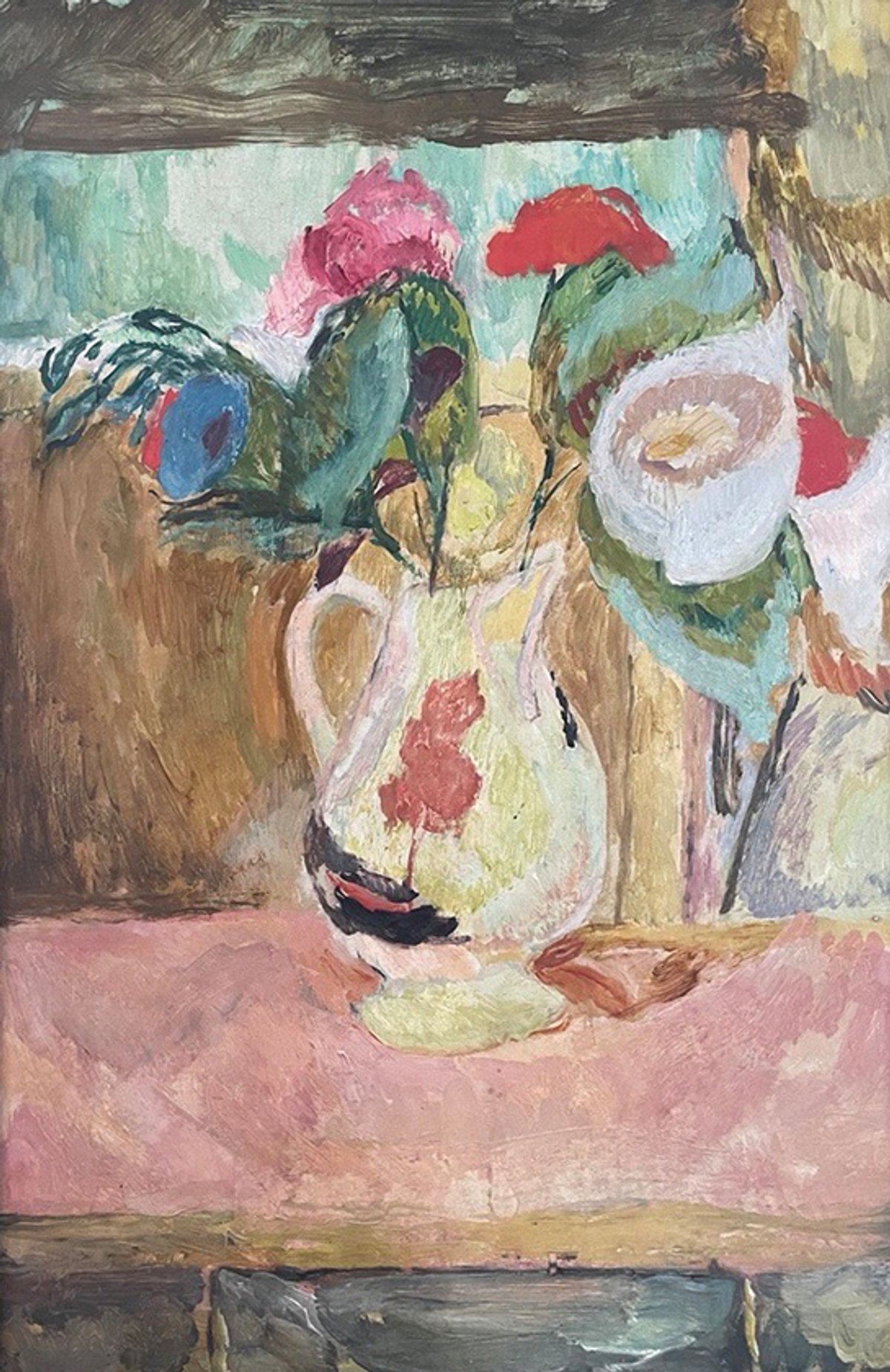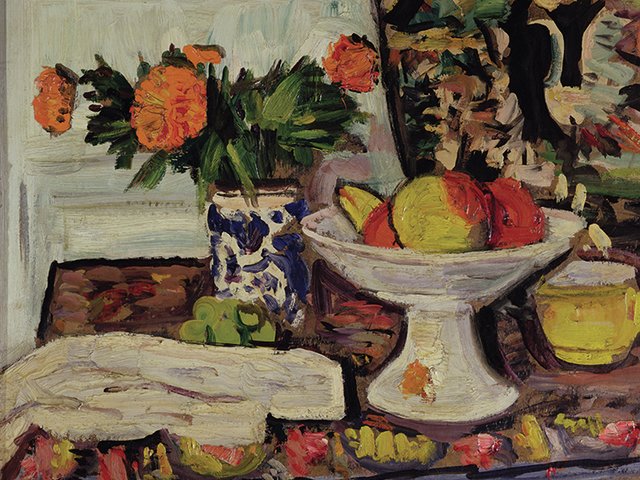“So much has been written about Bloomsbury art,” wrote the British historian Fiona MacCarthy in 1999, “it is easy to forget how little we have seen of it.” Nearly three decades on, this remains true for the person long thought to be the most important in the group. The forthcoming solo presentation of paintings by Roger Fry (1866-1934) at Charleston in Firle, East Sussex, aims to rectify this oversight.
An old school polymath, Fry was the art historian who introduced Paul Cézanne, Georges Seurat, Vincent van Gogh and Paul Gauguin to the US and UK publics, as Post-Impressionists; he was the designer who co-founded the Omega Workshops; and the editor who co-founded the Burlington Magazine. Fry taught at the University of Cambridge, curated at New York’s Metropolitan Museum of Art and was instrumental in the advent of the Courtauld Institute and studio pottery in the UK. He was the man of whom Kenneth Clark once said that “in so far as taste can be changed by one man, it was changed by Roger Fry”.
I’ve never seen such a sight of intoxication. He was like a bee on a sunflower
What anchored Fry’s vision is that he was first and foremost a painter, say the Charleston director Nathaniel Hepburn and head of exhibitions Emily Hill. Virginia Woolf memorably records the moment she and her sister Vanessa Bell borrowed a painting from a friend (John Maynard Keynes) that Fry was desperate to copy: Bell “left the room and reappeared with a small parcel about the size of a large slab of chocolate. On one side are six apples by Cézanne. Roger very nearly lost his senses. I’ve never seen such a sight of intoxication. He was like a bee on a sunflower.”
Hepburn says that Fry “lived for the time that he got in front of a canvas”. Hepburn spent two years scouring the UK and beyond for works Fry showed in his lifetime and those he was particularly proud of. Some, such as the Courtauld’s Still Life With Coffee Pot (1915) or the Tate’s Still Life with T’ang Horse (around 1919-21), visitors will know. But many they will not—more than 60 of the nearly 80 works in the show are from private collections.
Friends and lovers
The exhibition will comprise a slew of what Hepburn describes as “very detailed, descriptive, beautiful” portraiture, both self-portraits and those of his friends: E.M. Forster and Aldous Huxley, Vanessa Bell and Nina Hamnett (the latter both his lovers). But Fry’s works draw such connections in other ways too.
Visitors to Charleston’s recent Bell exhibition will note the commonality between her Cypresses in Turkey (1911) and Fry’s Cypresses, Broussa (1911), which sold for just £7,650 in 2021 and sports an unfinished landscape on the reverse. “They were clearly painting side by side,” Hepburn says. Fry often travelled—his equipment packed on his bike—with the Bells, and fellow Bloomsbury artist Duncan Grant. The resulting landscapes show his unbridled experimentation: here, a thick Gauguin-esque outline of cloud and cliff, there, searching colour in the skies. In River With Poplars (around 1912), he edges towards abstraction; elsewhere, it is Cubism. Hepburn was excited to discover in a private collection a 1921 still lifedepicting a mantelpiece with what looks like an Omega Workshops vase and a flattened-perspective painting of an apple. It has not been exhibited since Fry’s first solo show. Hepburn adds: “This exhibition is part of reintroducing the Bloomsbury Group to audiences that have forgotten that Roger Fry was an extraordinary, extraordinary artist.”
• Roger Fry, Charleston, Firle, 15 November-15 March 2026




